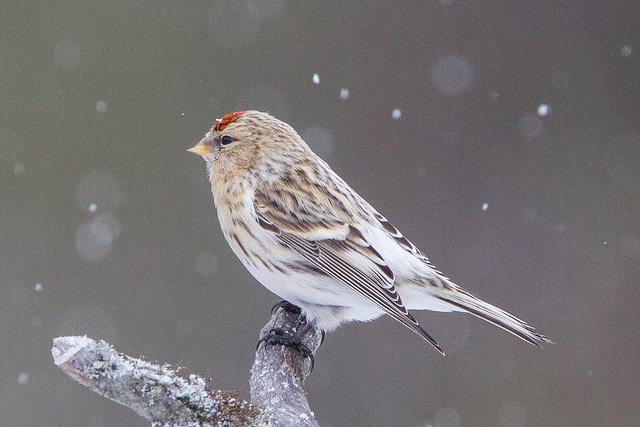
All the world’s redpolls probably represent a single species, and redpolls probably look different in different places more because of environmental influences on how their genes are expressed than because of stable underlying differences in the genes themselves. Those are the headlines from a study by Nicholas Mason and Scott Taylor, released online in March and covered here on 10,000 Birds and elsewhere at the time.
“There are no clear-cut genetic differences, which is what we would expect to see if assortative mating had been occurring for a long time,” Nicholas Mason told All About Birds.
This week, a letter praising the study from Jan Lifjeld was published online (both the study and Lifjeld’s letter are in the June issue of Molecular Ecology). Lifjeld uses the redpoll study as an entry point to comment on the on the state of bird taxonomy in the “genomics era,” concluding, “species must be diagnosable from their genomes.”
Fundamental to the argument here, of course, is that just because animals look different to us humans doesn’t mean we should consider them separate species on that basis alone when there may be other factors at play, or what Lifjeld calls “the risk of taxonomic inflation resulting from overemphasizing phenotypic traits under local adaptation.”
What to do? “Divergences in phenotypic traits evolving under environmental selection should be used cautiously, and with low weight, unless they clearly reflect barriers to gene flow,” writes Lifjeld. “Sexual traits that are more directly involved in mate choice and reproductive isolation should have priority.” But more important, Lifjeld writes, is diagnosability in the genome.
The rate and volume at which we can process genetic material is increasing very rapidly, making studies like Mason and Taylor’s possible. But it’s going to be a long time before we have tested all the birds — and gained enough understanding about how genes and gene expression actually work — to have a thorough understanding of the world’s bird populations. (And even then, we’ll likely continue being confounded by the complexity of real life. The large white-headed gull complex alone is probably enough to keep us second guessing for decades. Hard to say whether it’s better or worse that they, unlike redpolls, show some genetic structuring despite massive current and historical hybridization.)
In the meantime, how can we develop a more balanced view of global bird diversity? As Lifjeld notes, bird diversity at the species level was dramatically reassessed during the 20th century, leading to a constriction by more than half of the world’s recognized species. Today, that trend is reversing, and the number of recognized bird species is steadily climbing again.
In a review (paywalled) of the new HBW and BirdLife International Illustrated Checklist of the Birds of the World Volume 1: Non-passerines, Van Remsen writes:
“In the mid-20th century, when much of current classification was codified, any hint of hybridization was formerly misinterpreted as free interbreeding. The pace with which taxa are restored to species rank through the traditional approach of new, peer-reviewed research is painfully slow, especially in regions where fieldwork is difficult or expensive, particularly the Old World tropics. The authors are also clearly uncomfortable with many of the studies that have been published, which are increasingly produced by and passed on by those whose worldview of bird classification is through the painfully narrow laboratory window of a few genetic loci, and who have minimal hands-on experience with geographic variation, contact zones, playback trials, and other perspectives on population-level variation in birds.”
And so the checklist authors attempt to take a sort of bulk approach to species reassignment, recognizing 462 new non-passerine species (and lumping 30) using a system that scored taxa numerically on measures of “biometrics, acoustics, plumage and bare parts, ecology and behavior, and ‘geographical relationship’ (contact zones),” Remsen writes. He states that he’s sympathetic to the need and the effort, but as he examines the system and and how it is applied, he is intensely critical, concluding “The underlying conceptual and practical problems with the assessments require reevaluation by HBW and BirdLife International before implementation in guiding conservation priorities.”
So where does all this leave us? Genetic studies are getting faster, cheaper, and more powerful and are helping us understand long-vexing challenges in species-level systematics. Lifjeld’s desire to let genomics guide species-level assessment is certainly understandable. But with thousands of taxa needing analysis — and our understanding of how genes work still developing — some are trying to find faster ways of making assessments that rely on a broad range of characters. However, the most ambitious and recent of these attempts, Remsen argues, is deeply flawed.
I think it’s fair to say that more species need new or re-recognition than deserve to be lumped, and particularly when conservation decisions are involved, finding ways to do that assessment as quickly and accurately as possible seems paramount.
For now, though it looks like you can kiss your Hoary Redpolls goodbye. Sorry about all those hours you spent poring over crappy photos after freezing your ass off in some snowy bog. On the other hand, should we hobbyists really be less interested in complex, fascinating, and beautiful birds just their genes look an awful lot alike? I think not.
Keep studying the redpolls, and whatever else crosses your path.
(Hoary Redpoll above by Ron Knight)




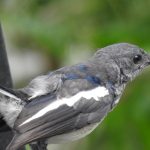


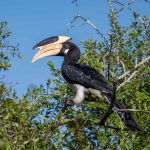
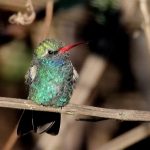
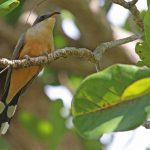
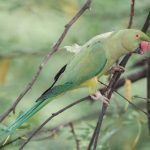
I really hope that the different Red Crossbills with different bill sizes and shapes are never split. That would be an identification nightmare!
Very nice article.
As Van points out, things move slowly. But the need to concentrate our knowledge – solidifying the science has never been more essential. Conservation will increasingly be dependent upon the clarity of information. I’ve said it before- It doesn’t matter how many birds you’ve seen, if your Birding (or filming) is not based upon the needs of the birds, then how are you showing your love of birds?
Ben- Red Crossbill taxonomy will be tough, but when compared to the Phylloscopus of Europe/Asia – one difficult complex is not too much.